Crafting a waste-free lunch isn't just about swapping plastic bags for reusable ones; it's an opportunity to rethink how we prepare and pack our midday meals. Imagine each bite you take leaving no trace, both nourishing you and protecting our planet.
With an increasing awareness about the environmental impact of our food choices, there is a growing need to adopt habits that promote sustainability. The beauty of a waste-free lunch lies not only in its environmental benefits but also in how it encourages us to be more mindful of what and how we eat.
This journey towards eco-friendly lunches starts with discovering the variety of reusable containers available. Then, it’s about choosing ingredients thoughtfully, considering their journey from earth to plate. Let's explore together some inspiring ways to adopt this green living approach into our everyday meals.
- The Importance of Waste-Free Lunches
- Innovative Packaging Solutions
- Eco-Friendly Ingredients to Use
- Creative Recipe Suggestions
- Sustainable Lunch Habits
The Importance of Waste-Free Lunches
It's no secret that our planet is grappling with a major waste problem. Each year, millions of tons of food packaging wind up in landfills and oceans, accounting for a significant portion of global pollution. When we consider integrating waste-free lunches into our daily routines, we help cut down on the massive amounts of single-use plastics and non-biodegradable material that accumulate in our environment. Imagine a world where less waste means less greenhouse gas emission and, in turn, a healing planet. It might sound ambitious, but even small changes like choosing reusable containers for our lunch can have a monumental impact.
Implementing waste-free lunches isn’t just for the environment: it's great for your wallet too. By reducing dependency on packaged foods and investing in reusable materials, you spend less over time. Reusable items such as stainless steel bottles and beeswax wraps can be washed and reused countless times, making them cost-effective alternatives to plastic baggies and cling film. As we become more aware of our choices, our eco-friendly habits naturally spread into other areas of life, creating a ripple effect of sustainability.
Health benefits are another compelling reason to transition into a waste-free lunchtime regime. Often, ready-made meals and heavily packaged snacks are loaded with preservatives and artificial additives. By opting to prepare our meals directly, we gain control over the ingredients, ensuring fresher, healthier options. Often, when we cook from scratch, we lean towards whole foods, naturally minimizing our processed food intake. This method not only nurtures our physical well-being but often leads to exploring new culinary skills and creative recipes.
"Our choices matter. Even the smallest steps towards sustainable living can drive positive change." - David Attenborough
This positive impact goes beyond personal health and influences larger societal norms. By choosing waste-free lunches, we're sending a message to industry leaders, indicating there's a demand for sustainable options. This can encourage companies to rethink and innovate on how products are packaged, promoting more eco-friendly solutions globally. It's a powerful testament to how collective individual action adds up to meaningful change.
In schools and workplaces alike, adopting a culture around waste-free lunches can evoke enthusiasm and a sense of community. Whether through friendly competitions, themed lunch days, or educational workshops, we foster an engaging and inclusive environment. This shared mission not only helps the planet but builds relationships, encouraging others to participate in sustainability initiatives. A thoughtful lunch breaks the monotony of the day and becomes a highlight shared among friends and colleagues, strengthening bonds and nurturing a collective consciousness towards eco-awareness.
Innovative Packaging Solutions
Finding the right packaging for your waste-free lunch is crucial for maintaining the freshness and quality of your meal while reducing environmental impact. In the past, single-use plastics dominated the lunch scene. Today, however, we have a variety of eco-friendly alternatives that not only serve the purpose but also add a touch of innovation to our daily routine. Embracing these new solutions is a small change with a big impact.
One of the most popular alternatives is the stainless steel lunchbox. It offers durability and reusability, making it a favorite among both adults and children. These boxes are free from harmful chemicals found in plastic, such as BPA, and they are known for their ability to keep your food at the right temperature, whether hot or cold. A well-sealed stainless steel container will ensure no spillage, which is vital when you're carrying dressing-laden salads or a hearty stew.
Next on the list is silicone zip-top bags. These flexible and colorful bags are perfect for sandwiches, snacks, and more. Unlike their plastic counterparts, silicone bags are both microwave and dishwasher safe, making them incredibly convenient for lunch preparation and cleaning up. It’s an option that perfectly marries functionality with environmental consideration. 'Just like transitioning to solar energy in the home, adopting reusable packaging is a step towards a conscientious lifestyle,' says Lydia Green, an environmental scientist passionate about sustainable consumer habits.
It's not just about cutting down waste, it's about creating a lifestyle that's in harmony with the planet.
For the beverage enthusiasts, look no further than glass or stainless steel water bottles. They provide a safe alternative for carrying drinks without the worry of harmful leaching that can occur with some plastics. These bottles often come with stylish designs and have the added bonus of keeping liquids at the desired temperature for hours. You might also consider water bottles with built-in infusers, allowing you to enjoy naturally flavored water.
Another inventive option is beeswax wraps. These wraps are perfect for keeping sandwiches and cut fruits fresh. The natural beeswax coating on cotton fabric wraps creates a breathable but water-resistant barrier, allowing for a balance between preservation and allowing natural gases produced by foods, which can lead to moisture, to escape. Whether you're wrapping a baguette sandwich or covering a bowl of leftovers, beeswax wraps have got you, and your eco-friendly conscience, covered.
If you're an advocate of multi-use items, consider a compact, foldable spork or a bamboo cutlery set. These small tools eliminate the need for single-use plastic cutlery, reducing waste while providing a charming and unique eating experience. Uber versatile, they also boast the added convenience of packing neatly into any lunch bag, making them a travelers' delight. With these options, you're not just assembling a lunch; you're crafting a personal sustainability statement.
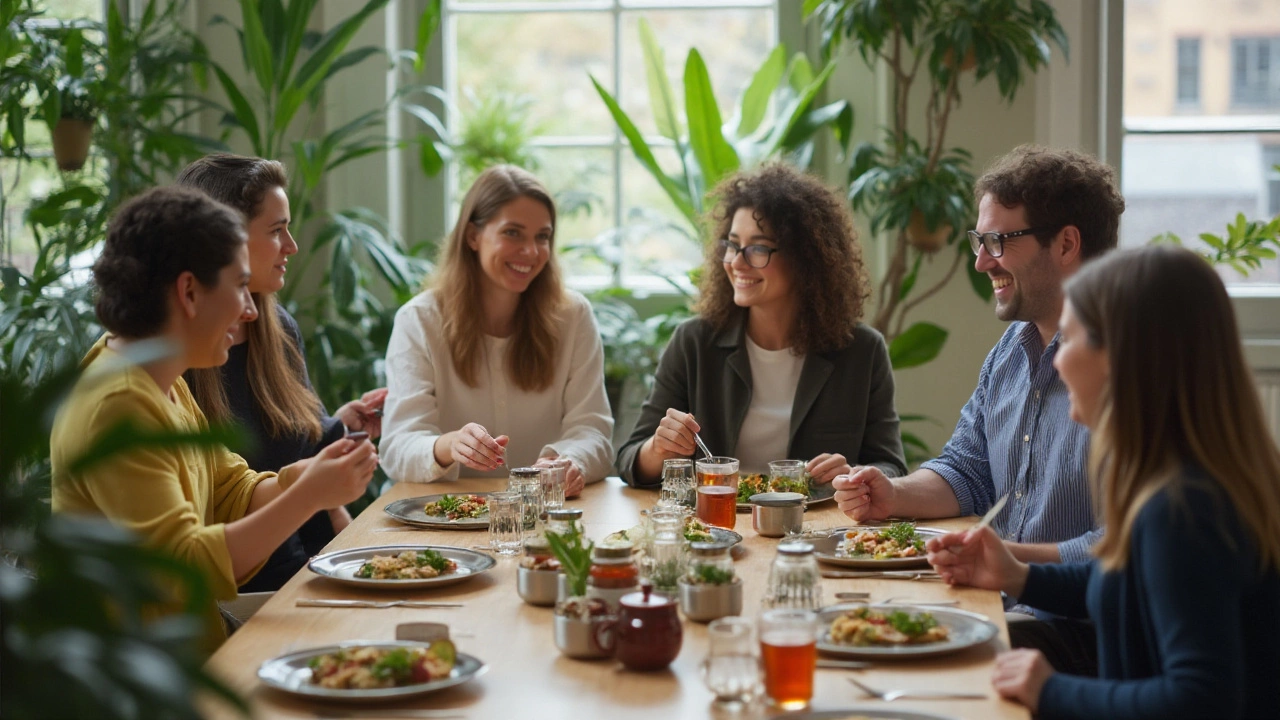
Eco-Friendly Ingredients to Use
Choosing the right ingredients for a waste-free lunch goes beyond simply looking for organic labels. It involves considering the lifecycle of each ingredient and the ecological footprint it leaves in its wake. A great place to start is with local and seasonal produce. Not only are these ingredients fresher, but they also avoid the lengthy transportation processes that contribute to carbon emissions. For instance, fresh apples from a nearby farm, rich in vitamins and taste, can be a far better choice than those transported from across the globe.
Another point to contemplate is packaging. Opt for ingredients that come with minimal or biodegradable packaging. Bulk-buying staples like grains, nuts, and seeds allows you to fill containers directly, cutting down on single-use plastics. Farmers’ markets are fantastic venues for unearthing such treasures, often offering dry goods in loose quantities. Legumes are a stellar choice when talking about eco-friendly ingredients. They not only enhance protein intake but are also known for nourishing the soil they grow in by fixing nitrogen levels. An added bonus is their ability to be a versatile ingredient in everything from salads to soups.
The inclusion of whole foods also plays a significant role in creating a sustainable lunch. Think whole grains like brown rice or quinoa, which are less processed and hold more nutritional value than refined grains. Integrating such ingredients doesn't just uphold health benefits but also means supporting agricultural methods that maintain soil and ecosystem health. A fun fact – compared to white rice, brown rice uses fewer resources in its cultivation and processing stages.
According to the Food and Agricultural Organization, adopting more plant-based ingredients can significantly lower our environmental impact, as they generally require fewer resources than animal products.
Emphasis should also be given to plant-based dairy alternatives. Swapping out cow’s milk for options like oat or almond milk can diminish the overall water footprint of your lunch, considering that dairy production is one of the more resource-intensive processes. Interestingly, oat milk production consumes about 80% less water than traditional dairy. When selecting meat and fish products, always look for sustainably sourced labels. For example, wild-caught salmon can greatly decrease the environmental burdens associated with fish farming.
Herbs and spices are unsung heroes in making meals both delicious and eco-friendly. Growing a small indoor herb garden, if space allows, not only provides fresh flavorings but also cuts down the need for packaged dried herbs. Moreover, sustainable techniques such as composting food scraps can play a crucial role in enriching soil quality while reducing landfill contributions.
Creative Recipe Suggestions
When it comes to crafting a delightful and eco-friendly meal, creativity is your best ally. Let’s begin by reinventing your favorite dishes with an environmental twist. Imagine your classic risotto, but make it waste-free; instead of throwing away the stems of greens or the rind of a Parmesan cheese, integrate them as tantalizing components of your dish. With a bit of innovation, those often discarded ingredients can become the spotlight of flavor.
One way you can make a difference is through the sushi approach. For a simple and quick solution, consider a sushi burrito. It's a vibrant and delightful harmony of vegetables, rolled snugly in a seaweed sheet, substituting the plastic wrap for nature's own. Fill it with shredded carrots, cucumber, avocado, and a hint of pickled ginger for a modern and tasty twist. The beauty of such a recipe lies in its flexibility—any leftover veggies can find a home in this handheld meal, reducing waste dramatically.
Turn your spotlight to grains like quinoa or farro, which often languish at the back of the pantry. These powerhouse staples are not just great for your body, but they can be transformed into an incredible waste-free lunch. The secret is in transforming the perception of 'leftovers'—boost a grain salad with roasted vegetable ends, and garnish with microgreens cultivated from seeds you'd otherwise discard.
"Every time you add a leftover to your meal, you're honoring the resources that gave us that food." - Sarah Wilson, environmental advocate
Enliven a potato lunch with a twist of global cuisine by turning humble mashed potatoes into a base for a sustainable take on gnocchi. By incorporating leftover bread crumbs or the essence of citrus rinds, this dish promises a flavorful voyage without a trace left behind. Why let any banana go brown when it can become an excellent base for a guilt-free, zero-waste banana bread muffin? Just add a handful of nuts and a hint of honey for that wholesome sweetness we crave.
Additionally, enrich your repertoire by embracing zero waste stir fry. A medley of whatever vegetables you’ve got, combined with tempeh or tofu, and flavored with a soy-ginger glaze can be an eye-opener. The secret? Use every part of the vegetable, from leaf to root, creating not only a nutritional punch but also reducing your footprint.
Consider introducing fermented foods like kimchi or pickled radish as a tangy sidekick to your lunch. Fermentation is a storied technique for preserving food, and it adds unmatched umami to any meal, making it not only flavorful but also adventurous and sustainable. The mix of cultures can help introduce a mix of satisfaction without resorting to single-use plastics or excess waste.
By incorporating these flavorful ideas, your waste-free lunches will not only satisfy your cravings but also empower you to become an ambassador for sustainable eating. Let these recipes inspire you to create dishes worth sharing, both in taste and in the change they foster.
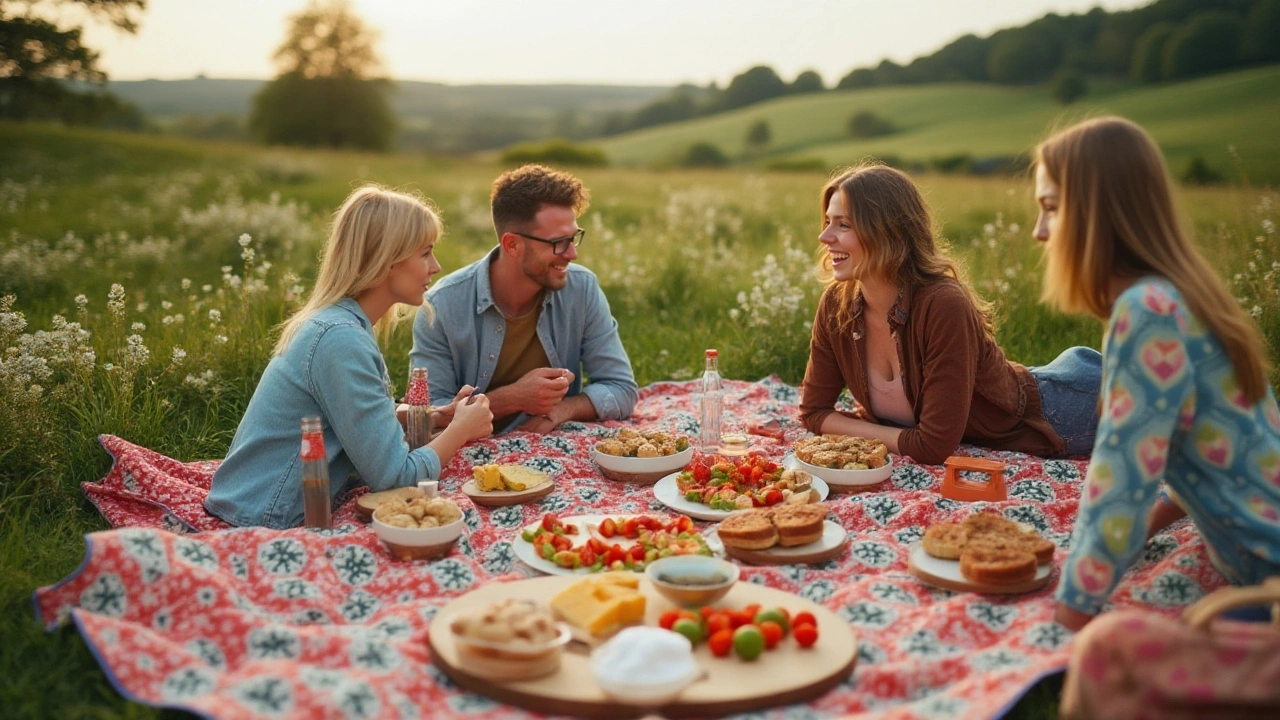
Sustainable Lunch Habits
Adopting sustainable lunch habits isn't as daunting as it seems. It's about making small but impactful changes that contribute to the health of our planet. One of the first steps is choosing a lunch box that stands the test of time. Sturdy metal containers or versatile glass containers not only keep your meals fresh but also curb the perpetual cycle of disposable packaging. Investing in a few high-quality packaging solutions can help reduce waste dramatically.
Another essential practice is meal preparation. Planning your lunches ahead of time ensures that you use only the ingredients you need, minimizing food waste. Utilize portions wisely and store everything properly to prolong shelf life. Also, think of creative ways to repurpose leftovers into new delightful dishes. By doing this, you contribute to reducing the staggering 1.3 billion tons of food waste generated globally each year, as reported by the Food and Agriculture Organization.
It is also beneficial to explore farmers' markets or local co-ops, where you can support local growers and reduce the carbon footprint associated with transporting goods from far distances. Besides, local produce often means fresher, seasonal choices that can add diversity to your lunch menu. Seasonal eating supports sustainability, as it allies with nature's cycles, reducing the demand on out-of-season imports.
"Our food choices can have an important impact not just personally, but on our planet's future as well," says renowned environmentalist David Suzuki.
Incorporating a plant-rich diet is another powerful way to strive toward sustainability, as plant-based meals generally require less energy, land, and water than their meat counterparts. Packed with vibrant vegetables, hearty grains, and healthy proteins like lentils and beans, these lunches not only satisfy the stomach but also provide essential nutrients that promote health and wellness.
Eco-friendly meals can also be designed to involve the whole family. Encourage your kids to partake in selecting and preparing their lunch ingredients, sparking meaningful conversations about the environment's welfare. Schools and workplaces can become arenas for change too, advocating and implementing composting programs and recycling initiatives. It is about weaving these habits into the fabric of our daily lives, making eco-conscious decisions second nature.
To sum up these practices, remember that each lunch is a choice. It's a chance to opt for sustainable options that show thoughtfulness for our planet. By embracing waste-free lunch habits, not only do you protect nature, but you also enjoy the reward of knowing that your lunch leaves the world in a better place.
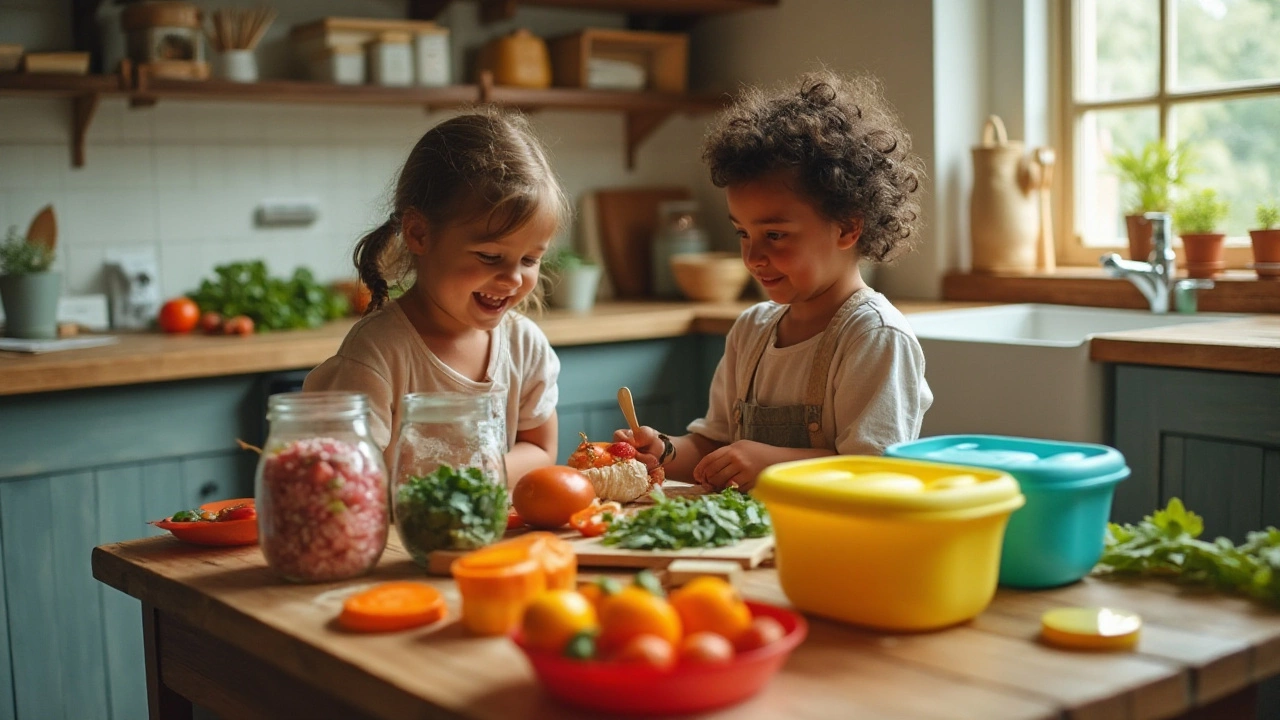

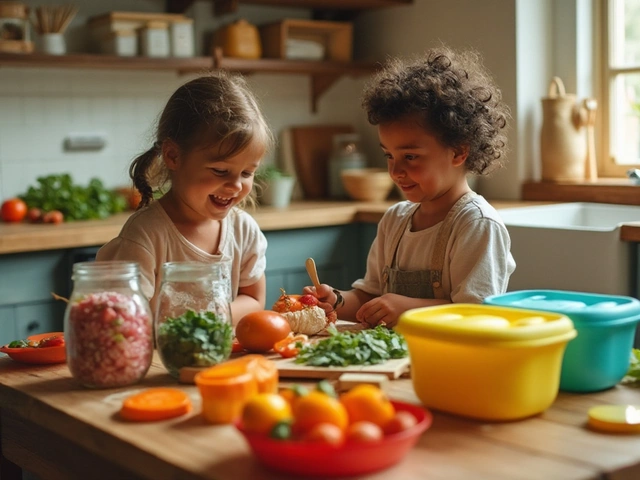
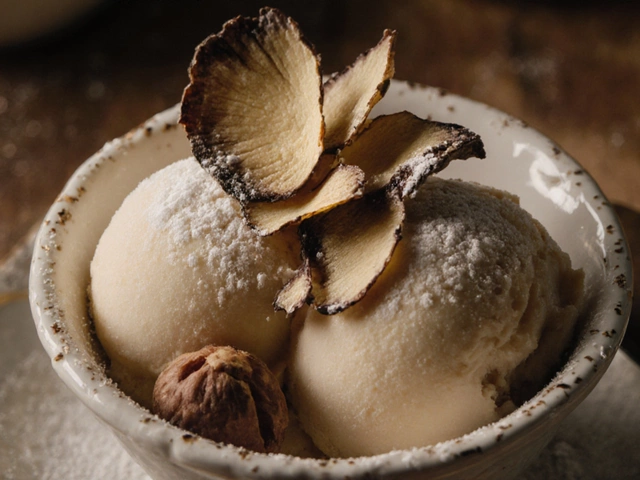
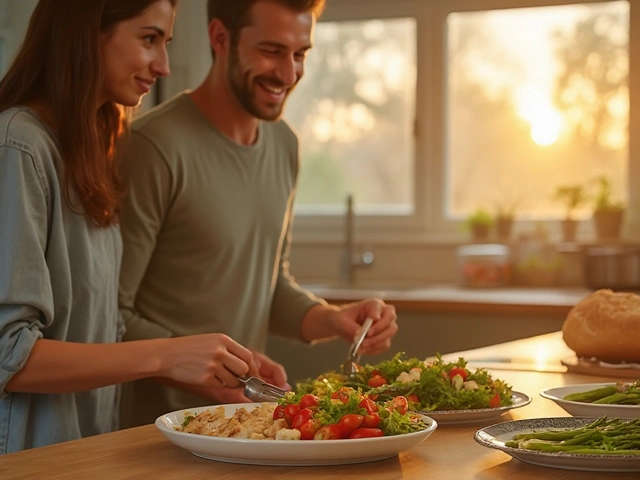
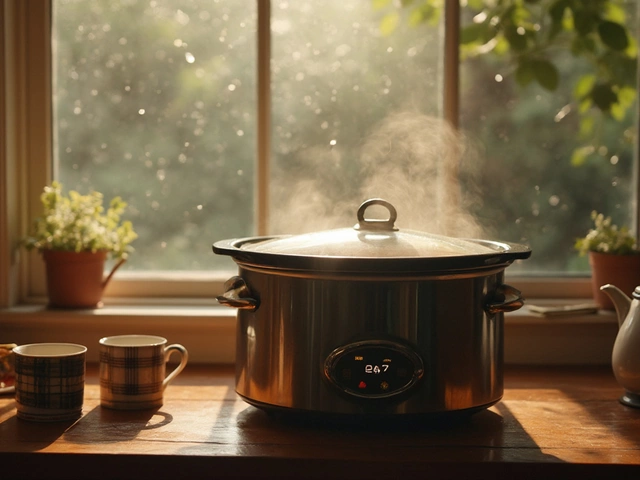
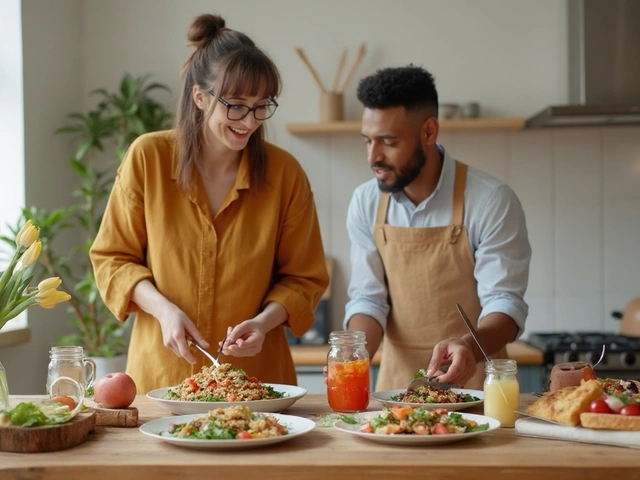
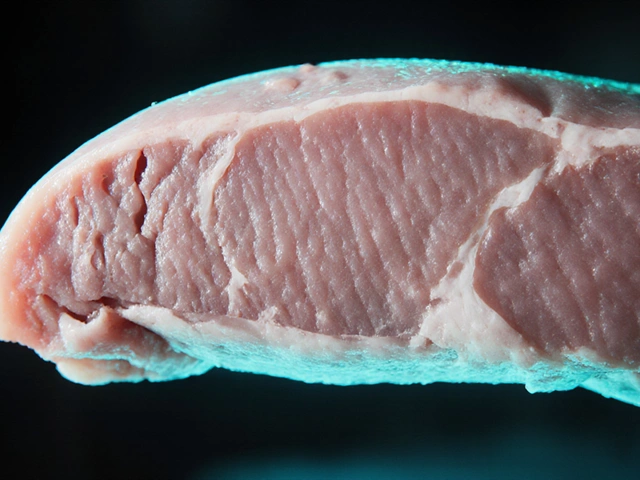
Write a comment